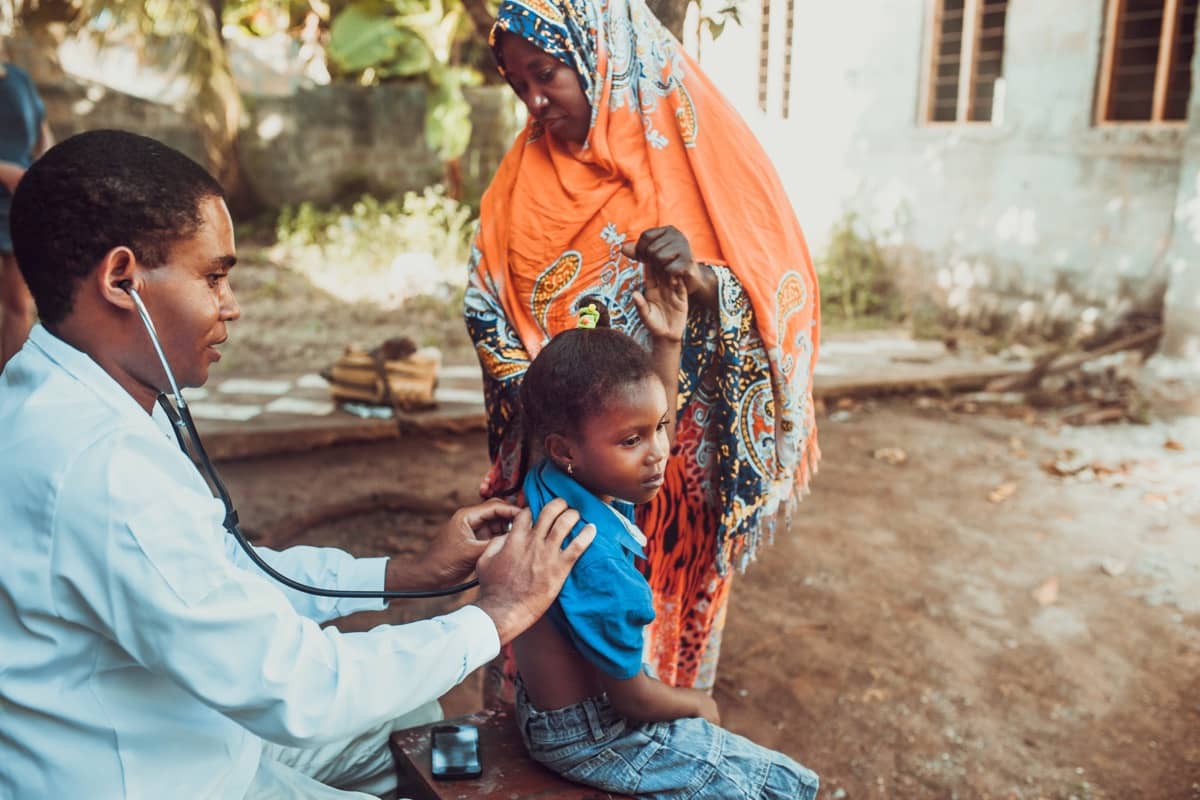We would like to thank all the experts who offered their time and expertise to HEI and provided thoughtful and high-quality comments and feedback on our various projects. We also thank our quality assurance audit teams, our Research Committee, Review Committee, Global Health Oversight Committee, and the Traffic Literature Review Panel. We would not succeed without the help of all these individuals.
Aaron van Donkelaar, Dalhousie University, Canada
Alexandra Schmidt, McGill University, Canada
Alison Elder, University of Rochester Medical Center, USA
Alvaro Osornio-Vargas, University of Alberta, Canada
Amanda Pappin, Health Canada, Canada
Ander Wilson, Colorado State University, USA
Annette Peters, Helmholtz Zentrum München, Germany
Arlene Fiore, Massachusetts Institute of Technology, USA
Benjamin Barratt, Imperial College London, USA
Bert Brunekreef, Utrecht University, the Netherlands
Brian Reich, NC State University, USA
Chad R. Bailey, USEPA Office of Transportation and Air Quality, USA
Chris Fook Sheng Ng, The University of Tokyo, Japan
Chris Paciorek, University of California, Berkeley, USA
Curtis Huttenhower, Harvard University, USA
David Carslaw, University of York, UK
David E. Foster, University of Wisconsin – Madison, USA
David Jacobs, University of Minnesota, USA
David Stieb, Health Canada, Canada
Deborah A. Cory-Slechta, University of Rochester Medical Center, USA
Deborah A. Lawlor, Bristol Medical School, UK
Edward F. Fitzgerald, University at Albany, USA
Elena Colicino, Icahn School of Medicine at Mount Sinai, USA
Eric Lavigne, Health Canada, Canada
Erika Garcia, University of Southern California, USA
Errol Thomson, Health Canada, Canada
Fan Li, Duke University, USA
Flemming Cassee, National Institute for Public Health and the Environment, Netherlands
Francesco Forastiere, Imperial College London, UK
Gavin Shaddick, University of Exeter, UK
Giuseppe Squadrito, Birmingham, Alabama, USA
Grant Williamson, University of Tasmania, Australia
Haneen Khreis, University of Cambridge, UK
Heresh Amini, University of Copenhagen, Denmark
Jason West, University of North Carolina, USA
Jay Turner, Washington University in St. Louis, USA
Jennifer Therkorn, VA New Jersey Health Care, USA
Jennifer Vanos, Arizona State University, USA
Jim Zhang, Duke University, USA
John Gulliver, University of Leicester, UK
John L. Pearce, Medical University of South Carolina, USA
Joshua Keller, Colorado State University, USA
Jouni J.K. Jaakkola, Center for Environmental and Respiratory Health Research, Finland
Junfeng Zhang, Duke University, USA
Kofi Amegah, University of Cape Coast, Ghana
Lauren Pinault, Statistics Canada, Canada
Linda Valeri, Columbia University, USA
Marc Weisskopf, Harvard T.H. Chan School of Public Health, USA
Marianne Hatzopoulou, University of Toronto, Canada
Marianthi Kioumourtzoglou, Columbia University, USA
Marie Pedersen, University of Copenhagen, Denmark
Mark Frampton, MD. University of Rochester Medical Center, USA
Mark Miller, Queens Medical Research Institute, UK
Markey Johnson, Health Canada, Canada
Marloes Eeftens, Swiss Tropical and Public Health Institute, Switzerland
Massimo Stafoggia, Lazio Region Health Service, Italy
Megan Horton, Icahn School of Medicine at Mount Sinai, USA
Michael Jerrett, University of California, Los Angeles
Michael Kleeman, University of California, Davis
Michela Baccini, University of Florence, Italy
Michelle Bell, Yale University, USA
Mònica Guxens, Barcelona Institute for Global Health, Spain
Neil Pearce, London School of Hygiene and Tropical Medicine, London, UK
Nick Molden, Stokenchurch, UK
Paul Villeneuve, Carleton University, Canada
Perry Hystad, Oregon State University, USA
Recai Yucel, Temple University, USA
Reginald Quansah, University of Ghana, Ghana
Sadeer Al-Kindi, Case Western Reserve University School of Medicine, USA
Sandrah Proctor Eckel, University of Southern California, USA
Sara De Matteis, Imperial College London, United Kingdom
Sarah Henderson, British Columbia Centre for Disease Control, Canada
Scott Weichenthal, McGill University, Canada
Sina Hasheminassab, South Coast Air Quality Management District, USA
Sun-Young Kim, National Cancer Center, Republic of Korea
Susan Norris, Oregon Health & Science University, USA
Suzanne Bartington, University of Birmingham, UK
Sverre Vedal, University of Washington, USA
Yuxuan Wang, University of Houston, Texas, USA




















